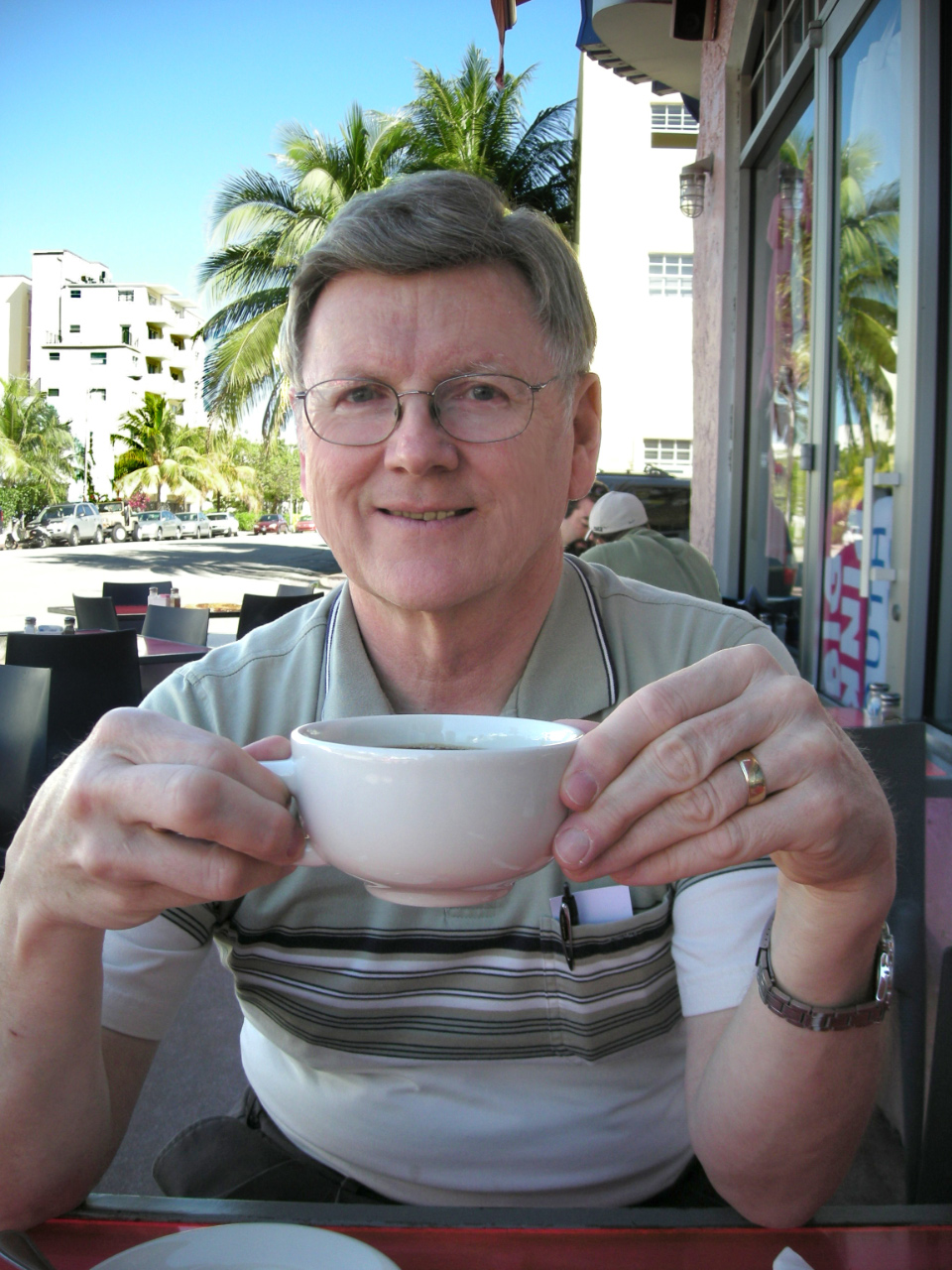Tom decided to visit several sites in Wyoming/Montana/Idaho associated
with the famous fur trapper Rendezvous of the early 1800s.
Coincidentally,
the American Computer Museum was presenting their annual Stibitz-Wilson Awards
in Bozeman, MT, to several deserving computer scientists on Friday
evening, Sept 26th. This seemed like an ideal time to take a week-long
trip from the Twin Cities to these western states.
I always feel that a first day's drive west from the Twin Cities should get me to about Bismark (435 miles) and set out on Wednesday morning with that goal in mind. Somewhere around St. Cloud, MNDOT signs were flashing warnings about "all lanes closed" and "use alternate routes." Shortly before reaching Saulk Center, all traffic on I-94 slowed to a near stop and we proceeded at a walking pace for about three miles.
It seems a semi had overturned and was completely blocking the driving lanes and both shoulders of I-94. (photo from radio station KNSI, here.)
I skipped the stop at the Welcome Center in Fargo, although you can see it at this post from a previous trip in 2022.
After checking in at the local Days Inn in Bismark, I visited the North Dakota state capitol building. One of just a few capitols that do not feature a dome, this building presents a pretty view situated in a large grassy setting.

Several other views of the building can be seen on my Flickr Album for this portion of the trip.
The capitol was closed by the time I arrived but I had enough daylight to capture this statue of North Dakota's notable governor, John Burke, who managed to rise to the position of U.S. Treasurer in the Woodrow Wilson administration.

And I had time to take several photos of the Sakakawea statue at the North Dakota Heritage Center adjacent to the capitol.






On the next trip I will have to make it a point to arrive in time to tour the Heritage Center.
The Days Inn in Bismark turned out to be a good choice since they not only have the usual assortment of rolls and cereal available for breakfast, but from 7 until 9 in the morning, chef Cheyenne arrives to prepare eggs, sausage and hash-browns cooked to your specifications. This proved to be the best "free breakfast" of the trip and Cheyenne received a generous tip!
On the second day, my modest goal was to reach Billings, Montana, just over 400 miles west of Bismark. The speed limit on North Dakota and Montana Interstates is 80 MPH so it is not a long day's drive but there is a great deal to stop and see along the way.
The occasional "Scenic View" signs highlight a number of sights, beyond just the green grazing grasslands.



But sometimes it is worth stopping just to take a look at the road ahead.

Of course, "Salem Sue," the world's largest holstein cow, perched high on a hill is always worth a stop. (Previous blog post here.)


And the Enchanted highway offers a chance for a nice drive through the farmland offering different views depending on the season.





After a change of time zone from Central to Moutnain,

the highlight of the day was the painted canyon overlook at Theodore Roosevelt Park. Note that there are hiking opportunities here of various length - allow time during your visit. Autumn is an appropriate time to consider a longer stop here and take advantage of the moderate temperature.

This was a calm day (it can be quite windy at times crossing North Dakota.) Visitors were lingering at the overlook and enjoying the view.



















































